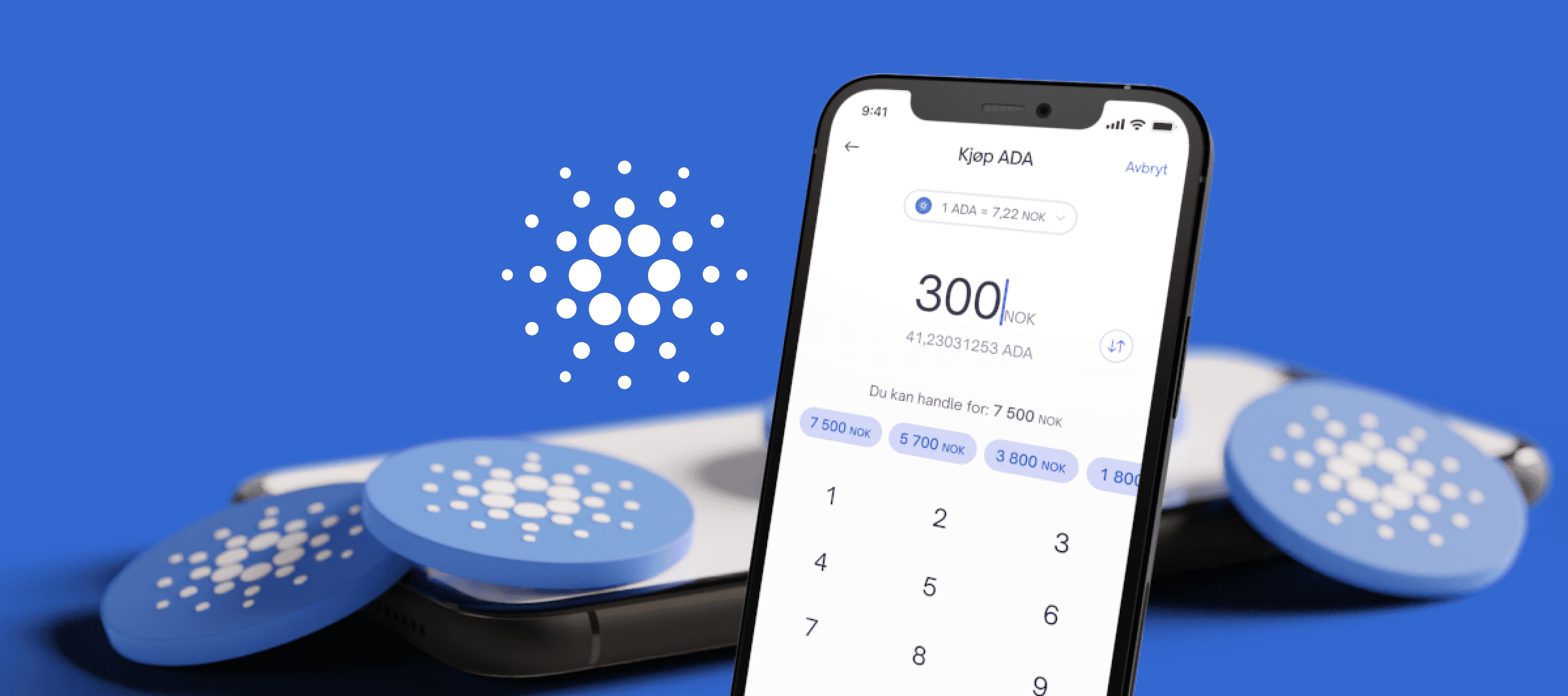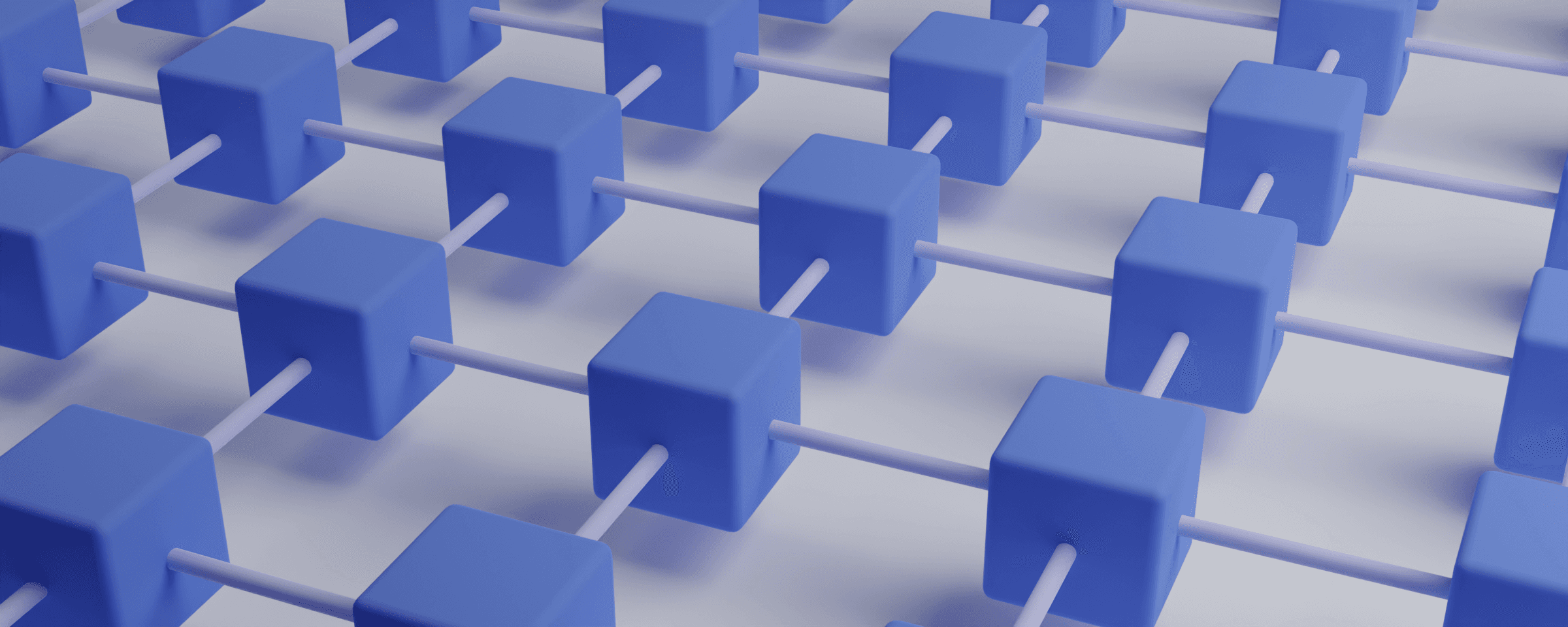It is thus possible to both send and receive ADA through Cardano's platform, without the involvement of a key player. Cardano also enables developers to create decentralized applications.
Bitcoin and Ethereum use Proof of Work as a consensus mechanism, which is the mechanism that causes players on the network to reach a common agreement on information stored on the blockchain. This mechanism for verifying transactions can be very energy intensive, as it is based on the use of computing power and power.
Unlike Bitcoin and Ethereum, Cardano has created its own consensus mechanism called Ouroboros, which is based on Proof of Stake, and which is apparently supposed to be environmentally friendly.
From 2020, Ethereum also began work on switching from Proof of Work to its own version of Proof of Stake.
Proof of Work was first introduced through Bitcoin. Bitcoin's blockchain is secured by a network of "miners" who use computing power to ensure that the information in the network is correct.
Unlike, for example, a bank's database, where a key player (the bank) controls the information on all transactions and balances, Bitcoin's database is secured through a decentralized network of players around the world.
In order to ensure that all transactions and balances on the Bitcoin blockchain are correct at all times, these players must reach a common agreement (consensus) that everyone has equal information. This consensus mechanism in Bitcoin is called Proof of Work.
The players who ensure that all Bitcoin-related transactions and balances are correct at all times are called "miners".
Miners reconcile the information on the Bitcoin blockchain using computing power. In practice, this is a competition between winners to be the first to solve a math problem in the Bitcoin protocol with their computers.
Whoever solves the math problem first, gets a reward in the form of bitcoins.
The computing power used collectively to secure the Bitcoin network requires enormous amounts of power. Bitcoin is not the only protocol that uses Proof of Work, but certainly the largest and most well-known.
How does Cardano's Proof of Stake work?
Proof of Stake an alternative mechanism for common agreement (consensus) in a blockchain. Unlike Proof of Work, Proof of Stake is not based on solving math problems using computing power.
Proof of Stake works so that users commit their cryptocurrency, or stakes as it is called, to validate the transactions that take place on the blockchain. In Cardano's case, it requires locking the cryptocurrency ADA into a so-called stake pool that helps secure the Cardano blockchain. The penalty for trying to manipulate the network with incorrect information is that you lose the money you have unlocked by betting ADA. You create a function where it can not pay to manipulate the network. At the same time, those who contribute to the blockchain by stake will be rewarded with payouts in the ADA. In this way, you can get interest income on your crypto by contributing to the network's security.
A stake pool acts as a validator or node on the Cardano network, and consists of a stake pool owner who maintains the node, and a collection of participants who commit ADA to the stake pool.
Cardano's Proof of Stake mechanism is called Ouroboros, and works like this:
- Each block in Cardano's blockchain is divided into what are called slots, and information and data related to Cardano are stored in each slot.
- A collection of so-called slots is called an epoch.
- The mechanism randomly selects various stake pools as so-called slot leaders. A slot leader is given the responsibility of creating a new block on the Cardano blockchain by verifying the transactions that are in the selected slot.
- Each time a slot leader produces a new block that is approved on the block chain, the owner and participants in the current stake pool receive a reward in the form of ADA. A new block is created approx. every 20 seconds in the Cardano blockchain.
- A person who owns an ADA can earn rewards in two ways: either by committing their ADA to a stake pool run by someone else (participant), or by operating their own stake pool (owner). Operating your own stake pool requires some technical knowledge.
- The more ADA you lock in a stake pool, the greater the probability that that stake pool will be chosen as the slot leader.
- After a slot leader has validated new transactions on the network in the form of a block, other staking pools must confirm that the information the slot leader has validated is correct. After a certain number of confirmations have been completed, the block chain is updated with a new block.
- Staking pools can not be selected as slot leaders until they have verified information in previous blocks, and thus the consensus mechanism Ouroboros ensures that information in Cardano's blockchain is correct at all times.
- With Proof of Stake, it is easy for users to participate in securing the network. Anyone can lock the ADA in a staking pool as a participant without the need for any special equipment. To do this, you receive passive income on your cryptocurrency while helping to maintain the blockchain.
Summary:
Unlike, for example, Bitcoin, which uses computing power and power through the consensus mechanism Proof of Work, Cardanos secures its network via Proof of Stake. This happens in the form of people locking the cryptocurrency ADA in so-called staking pools, which in practice act as nodes on the Cardano network.
Anyone can create a staking pool or delegate their ADA tokens to an existing staking pool. Staking pools are randomly selected as slot leaders, and must verify the information on the Cardano blockchain. In return, to verify the information on the blockchain, staking pools selected as slot leaders receive rewards in the form of ADA. Thus, those who stake get a passive income on their cryptocurrency.
Cardano's blockchain architecture
Cardano's block chain contains two core components; The Cardano Settlement Layer (CSL) and The Cardano Computational Layer (CCL).
The Cardano Settlement Layer (CSL) is used to keep track of all units of ADA in the Cardano protocol, enabling people to send and receive ADA.
The Cardano Computational Layer (CCL) is a set of protocols that are at the core of blockchain computing. CCL helps operate smart contracts and is used to enable advanced functionality on the Cardano blockchain.




